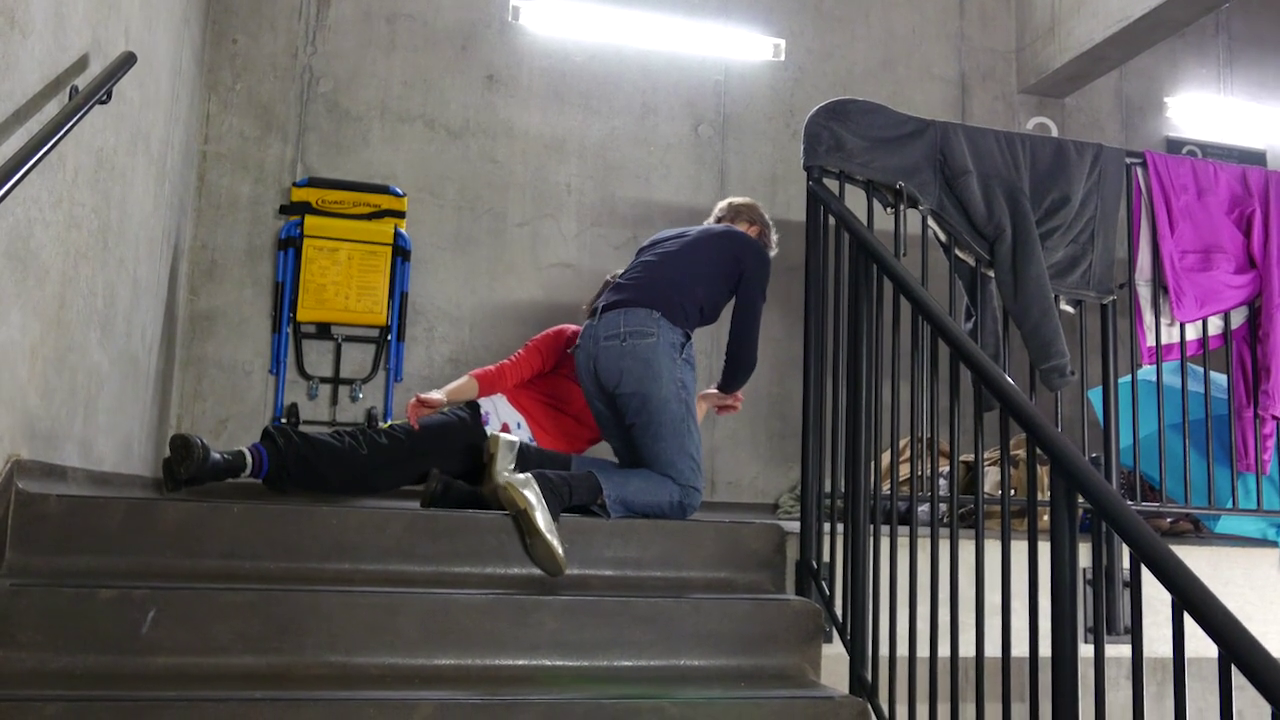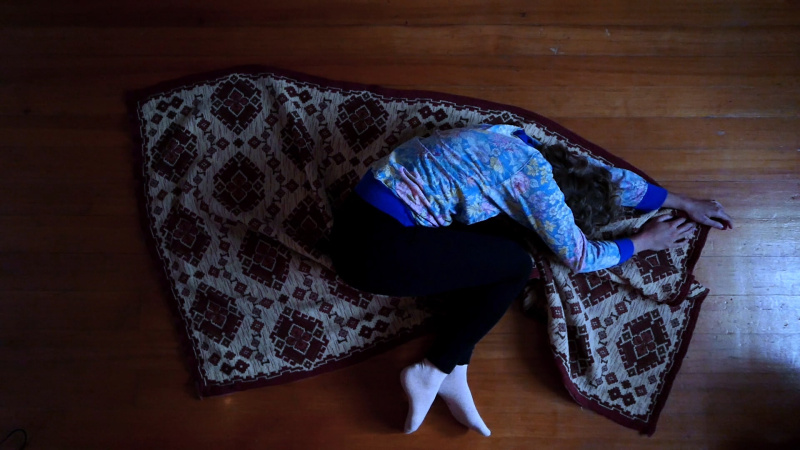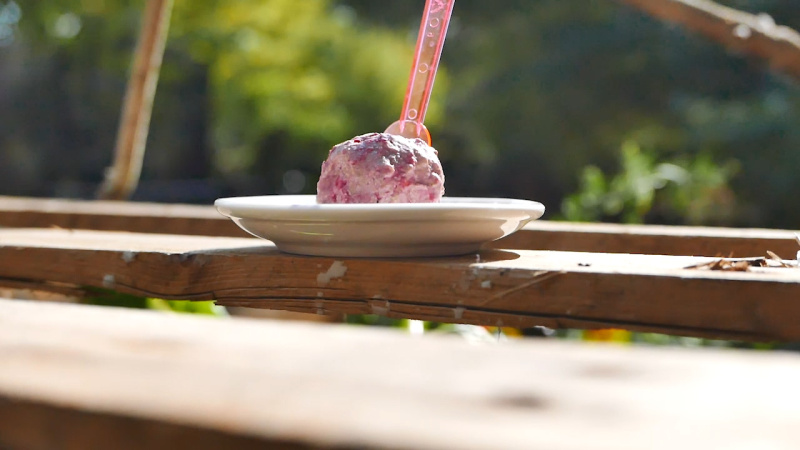On negotiating a place to land: Grounding
Video Tutorial #1

- Date
- Related Artist
- Mira Hirtz
- Duration
- 4:29
Description
Video Tutorial #1 On negotiating a place to land: Grounding
If we are lost on ecological, political and social levels, how to orientate? If our planet is incompatible with our globalized economy, how to define territory? Finding the right angle to address the global issues plays a pivotal role in the project ‘Critical Zones’ – in its exhibition part, for the involved artists and thinkers and not least in Bruno Latour’s book “Down to Earth” (German: “Das Terrestrische Manifest”). How to get down to Earth (how to manifest terrestrially)? How to find answers to these urgent questions?
This is the start of a series of ‘video tutorials’ to propose a playful way to deal with some of those questions. It bases on the belief that in order to shift our mindset on how we think about our subjective place on Earth, alternative ways of looking at questions can be helpful. The video tutorials use a performative, playful and somatic approach. What does that mean?
The term somatics was coined in the 1980s and accumulates a variety of practices which are positioned between dance, art, therapy and holistic medicine. They all have in common that they train the subjective perception of the own body, taking into account that perception of the self is always in relation to other bodies, ideas, matter and world in general. It also takes into account that training is a fluid, playful and imaginative process. Can this play with perception, a bodily approach to awareness, speak to geopolitical concerns as well?
A tutorial explains you how to do things – in a DIY manner of sharing knowledge. Our video tutorials don’t give definite answers, but they ask: What if we would tackle some of the questions addressed by the Critical Zone exhibition with our playful, bodily and locally rooted creativity, in a way that we could learn something from it? What will happen? You can treat the videos as a screen to watch, as instructions to try out or as invitations to use your perception, your bodily knowledge as well as your image producing electronical devices in an experimental manner. And to invite your friends, objects around you and the many beings such as bacteria within your body as well as books, artworks and ideas as inspirations. For the tutorials, I will myself work collaboratively with others and be inspired by many voices and practices
The ‘Video Tutorial #1 On finding a place to land: Grounding’ looks at tools for negotiating the landing at a possible place: If we can’t believe in globalization anymore, nor in defensive nationalism, what is our territory to dwell in? We are floating in between directions of politics, mindsets, crisis and urgencies. How to land? Well, Bruno Latour, in “Down to Earth”, says that we can land “by two complementary movements that modernization has made contradictory: attaching oneself to the soil on the one hand, becoming attached to the world on the other.” This is a tension that we will come back to more often in the following tutorials. But for now: How to attach oneself to the soil? From a somatic sense this struggle reminds me of grounding – being aware of gravity, of the ground that allows my body to rise up, to be heavy in some and light in other parts, to be stable and reach out helps to localize my position, my substance in a particular space. By giving time to sense the ground and by resting consciously we awake our senses. On a somatic level, the contradiction of being focused on a passive, self-centred sensation and to be actively open towards the external might already be solved by a co-dependency: By intending to ground ourselves we are also rising, moving, lifting – our curiosity can grow by itself. (Maybe this approach assumes that we have to ‘find’ ourselves first before we can opens up to the world. I do not claim this to be an authentic universal truth – it is just a tool, a possibility and a playful imagination.) Enjoy the Grounding!
Mira Hirtz

